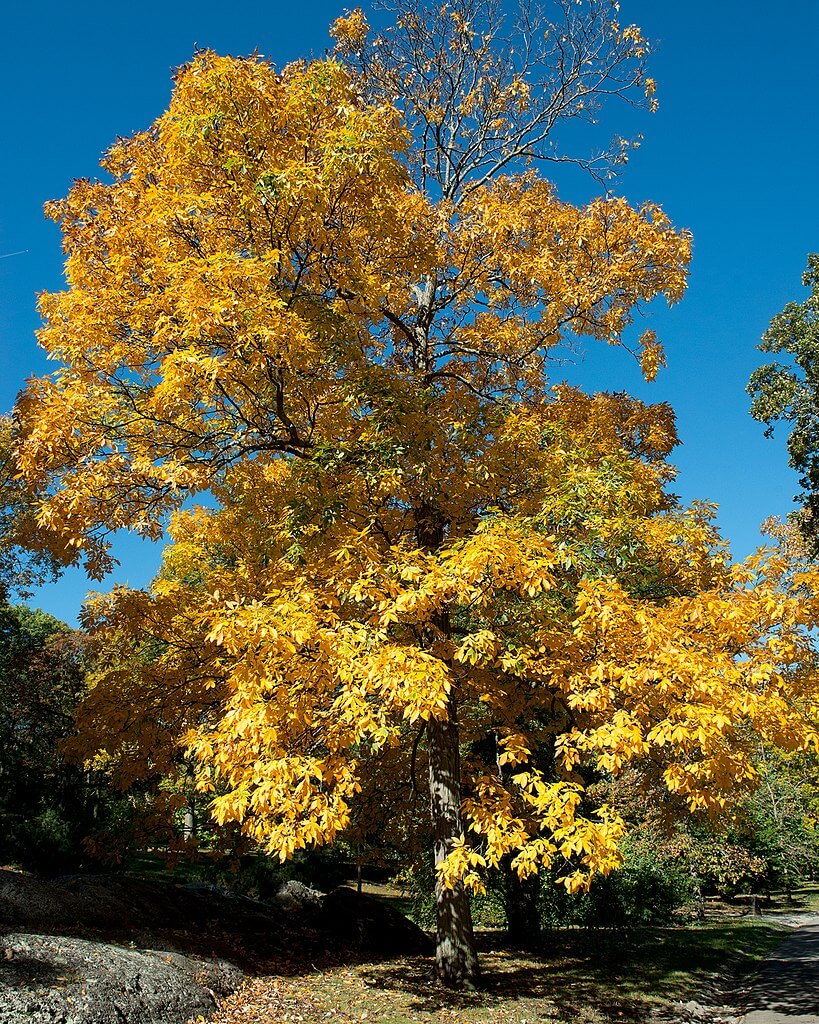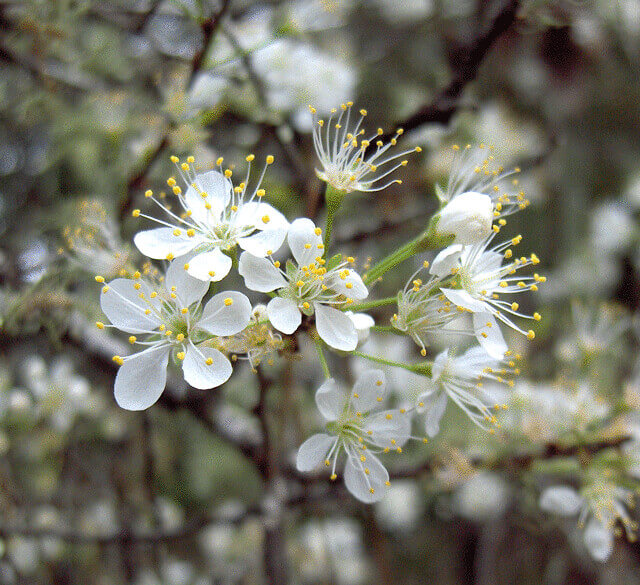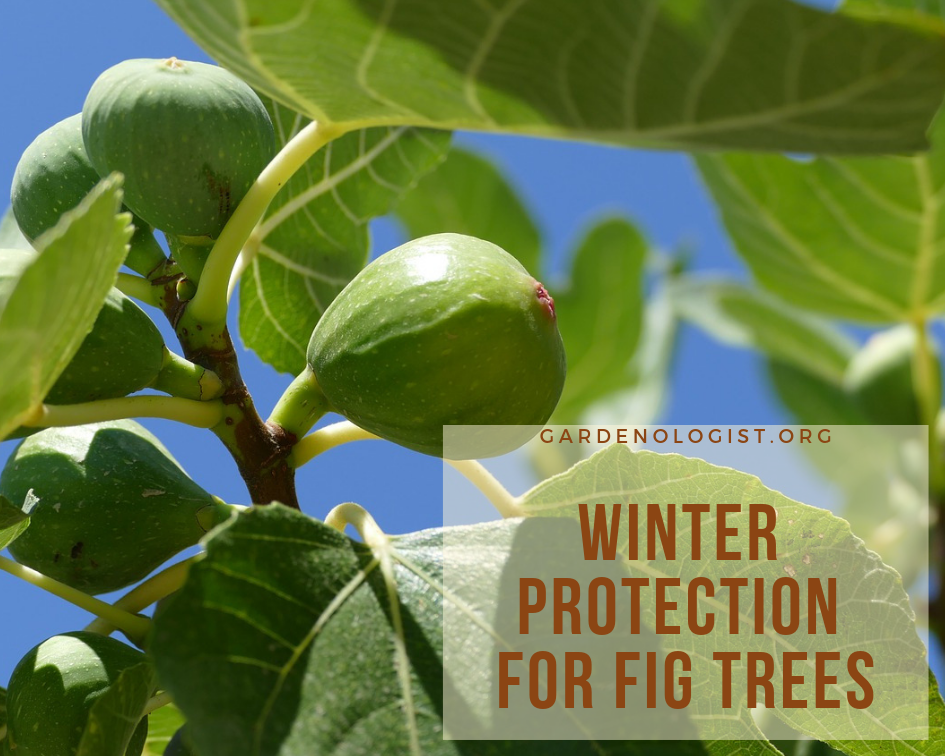This post may contain affiliate links. As an Amazon Associate we earn from qualifying purchases.
Yes, you can grow certain fruit and nut trees in clay soil.
Edible landscaping is a niche that many gardeners hope to fill. Whether it’s to supply the family and neighbors with fresh fruit and nuts or to sell the fruits of their labor commercially, growing fruits and nuts in the home landscape has become popular.
Those gardeners with clay soil are limited in the variety of crops they can grow, but there are several fruit and nut trees that will grow in clay soil.
Black Walnut (Hardiness Zones 4 through 9)
It is not at all uncommon to find a 200 year old black walnut tree (Juglans nigra) according to forestry experts at the University of Minnesota. Therefore, choosing the planting site will be an important consideration if you are planning on growing one.
Choose the black walnut tree’s planting site
Before considering the soil, look up. Check for overhead wires that the tree may interfere with when fully grown.
Then, look down. What type of structures are nearby your chosen site? Whether it’s sewer/water lines, a swimming pool or something else, be aware that the black walnut’s roots don’t play nicely.
They don’t play nicely with certain other plants either. In fact, black walnut trees produce a substance known as juglone, which can kill certain plants. These include but are not limited to:
- apple
- asparagus
- azalea
- basswood
- birch
- blackberry
- blue false indigo
- blueberry
- columbine
- daffodil (some)
- eggplant
- grape
- hackberry
- lilac
- lily
- pear
- peony (some)
- pepper
- petunia
- pine
- potato
- potentilla
- rhododendron
- rhubarb
- saucer magnolia
- silver maple
- strawberry
- tomato
- viburnum
The highest concentration of juglone is in the black walnut’s roots, which gets released into the soil.
“Its effect is worst at the edge of the tree’s crown, or dripline,” according to Susan Mahr with the University of Wisconsin.
“However, since the roots may stretch beyond the dripline, in general, the toxic zone around a mature walnut tree is within 50-60 feet of its trunk.”
Keep this in mind when choosing the planting site.
The black walnut requires a sunny site (six to eight hours of sunlight, at least) with well-drained soil. Although the black walnut tree thrives in clay soil, it does appreciate peat moss incorporated at planting. Make peat one-third of the backfill soil.

Shagbark Hickory in Clay Soil
If you plant the shagbark hickory tree (Carya ovata) as a sapling you’ll wait a long time before being able to enjoy hickory nuts.
The tree, when grown in USDA Hardiness Zones 5 through 8a doesn’t produce until sometime after its 40th birthday, when it reaches maturity.
Ah, let’s be real; it’s prime nut-bearing stage is between the ages of 60 and 200 years. Look at it this way, your grandkids will get to enjoy the fruits of your labor!
The shagbark hickory thrives in humid conditions and in clay soil. Give it full sun for at least 6 hours a day and it will eventually reach a height of 60-80 feet with a 30-50-foot spread.
Like the black walnut tree, the shagbark hickory produces juglone, but not nearly at the same potency.

Apple Tree in Clay Soil? You Betcha!
Who knew that the apple tree is such a trooper? Plant it in clay soil and, unlike many other trees and plants, it will thrive in spite of it.
The trick to its success is to plant it about 3 to 4 inches higher than it had been growing in the nursery. This will expose the root flare, allowing oxygen to circulate among the roots, according to the experts at Ohio State University.
Then, ensure it gets lots of water while young, at least 3 gallons of water every two weeks.

Chickasaw Plum
If you have had trouble in the past growing plum trees in your clay soil, consider the Chickasaw plum (Prunus angustifolia). Not only does it produce delicious fruit, the tree makes a striking specimen planting.
In early spring, while other trees remain dormant, the Chickasaw plum tree bursts into bloom with white, fragrant flowers. The plums are one-half inch in diameter and ripen to yellow.
A native to North America, the Chickasaw plum does best when planted in USDA Hardiness Zones 6 through 9, and will do fine in clay soil.



